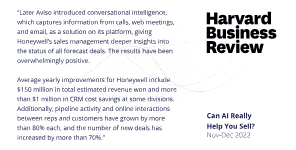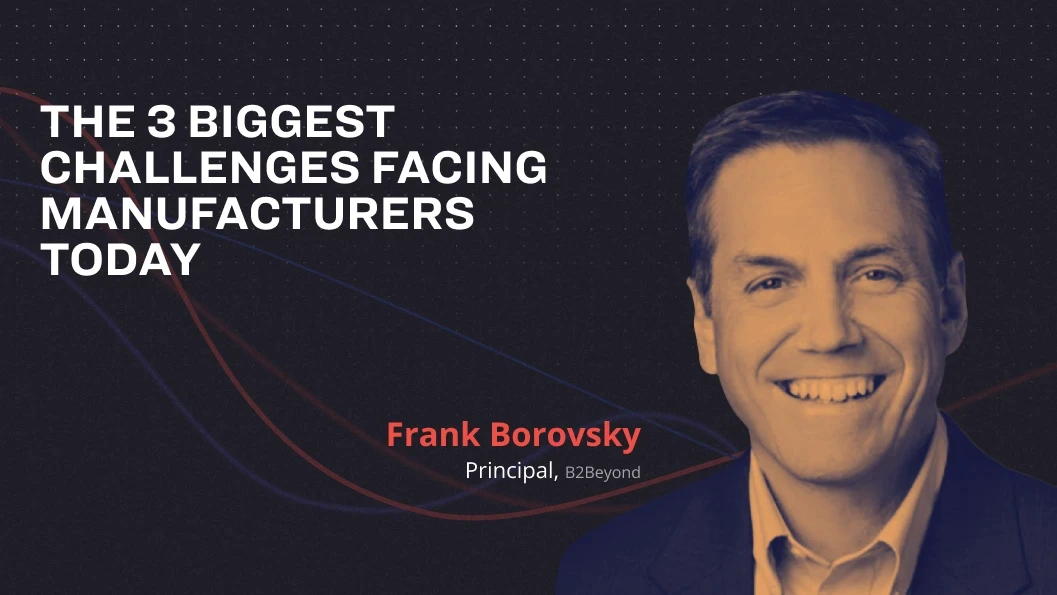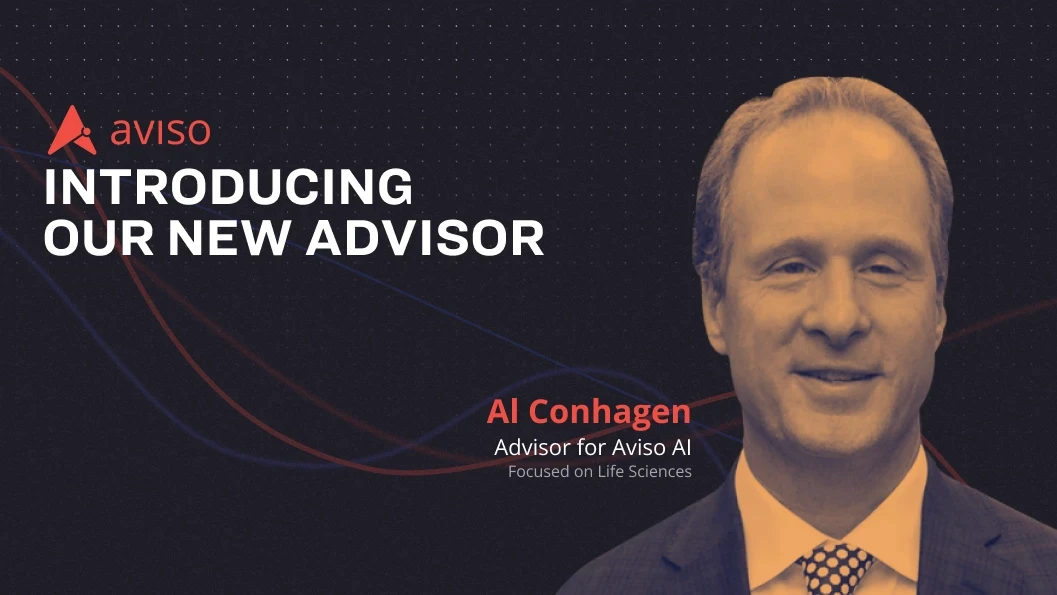The 3 Biggest Challenges Facing Manufacturers Today
Oct 31, 2023
In an interview with the team at Aviso AI in conjunction with Manufacturing Month, I had the opportunity to reflect on changes in the industry and outlined the significant issues of today. These challenges, while formidable, hold the key to unlocking unprecedented growth and success for those willing to embrace digital transformation. Here’s a quick summary for those who missed it:
1) Talent Shortages
When I joined Honeywell over 20 years ago, the first question I asked was “What is the greatest challenge facing the organization?” The answer I received was “an aging workforce.” Fast forward two decades later, the situation hasn’t improved. Many seasoned professionals in manufacturing are on the brink of retirement, creating a shortage of experienced and qualified individuals to succeed them. As an aging workforce transitions, additional obstacles manufacturers face include:
Scarcity of Skilled Labor: Attracting and retaining specialized workers is increasingly difficult and organizations are working to close the skill gap, but it remains a challenge. Particularly impacted are roles like machinists, welders, and technicians.
Lack of Technical and STEM Skills: As manufacturing processes become more technologically advanced, there is a growing demand for workers with technical and STEM expertise. Finding individuals with these qualifications is proving to be difficult.
Competition for Talent: Manufacturers are not just competing among themselves for talent, but also with growing sectors like healthcare and technology (as I can personally attest), which often offer better compensation and work/life balance. This makes recruitment, especially with younger talent, more challenging.
Industry Image and Perception: Manufacturing has been central to the nation’s growth, yet younger jobseekers perceive manufacturing as older, less-appealing and dangerous. Enhancing the industry's image is essential for attracting new talent.
Changing Skill Requirements: The advent of automation, robotics, and digital technologies has changed manufacturing. This shift necessitates workers with a fresh set of skills and desire to learn, which translates into employers having to rethink how to upskill the existing workforce.
Geographical Disparities: Talent shortages are not evenly distributed. Certain regions are experiencing more acute deficits. This makes it difficult for manufacturers to operate in areas they have traditionally been established, especially when working remotely is not an option.
Diversity and Inclusion: Ensuring diversity and inclusion in the manufacturing workforce remains a challenge, as the industry grapples with historical biases and stereotypes. To tackle these issues, manufacturers are investing in innovative workforce development, apprenticeship programs, and partnerships with educational institutions. They’re also adopting automation and digital technologies to enhance their operations and appeal to potential employees. Ultimately, reshaping the perception of manufacturing as an innovative and rewarding career is crucial to attract new talent to the industry.
2) Higher Customer Expectations
Buyers now conduct extensive online research before engaging with sales professionals, and the influence of user-friendly e-commerce experiences from the consumer realm is permeating the B2B sector. I’m currently working with a company on their distributor portal makeover. The current site - which was suitable years ago - is now, in the words of their customer, “antiquated” and “not user-friendly.” Many other manufacturers and distributors could benefit from a similar refresh.
From ample VOC, it’s clear that B2B buyers now expect experiences that mirror the convenience and intuitiveness of consumer shopping.
Key components of this transition include:
Intuitive Product Discoverability: B2B buyers want to easily navigate and find the products they need without requiring in-depth knowledge of SKUs or product names. They want to be able to explore solutions independently, reducing their reliance on the sales organization early in the process.
Buyer-Friendly Configuration: Purchasers want the ability to configure products and services to suit their specific needs, similar to configuring a car on an automaker's website (or, shameless plug, golf cars at www.Clubcar.com). Visual commerce and click-based configurations have become essential tools to help buyers make informed decisions.
Valuable Product Recommendations: B2B buyers can benefit from smart product recommendations that instill confidence in their purchases. Just like in B2C e-commerce, where customers discover related products based upon their order histories and preferences, B2B buyers can receive suggestions that enhance their overall solution and decision-making process.
Immediate Availability: With supply chains having stabilized after the pandemic, consumers are spoiled again, expecting products to be available instantly. The B2B market isn’t far behind. If inventory is not immediately available and posted lead times are too long, companies are likely to shop elsewhere. If they can’t wait, other purchasing criteria, like brand, quality and pricing may not matter.
By understanding these challenges and incorporating these elements into their B2B sales strategies, manufacturers can provide a more modern, consumer-inspired buying experience. This not only supports sales effectiveness but also contributes to higher customer satisfaction.
3) Meeting Constantly Changing Demands
Digital transformation is no longer a choice; it's an imperative and most companies are in various stages along the path. To meet the demands of both customers and employees, manufacturers must adapt to stay competitive. Yet this journey is fraught with challenges. The pace at which technology evolves can be overwhelming for manufacturing companies. As proven most recently by Generative AI, keeping up with the latest tools and systems requires significant resources and strategic planning. Adapting to this ever-shifting landscape can be daunting, and the best method for effectively making changes may be through a strategic technology partner.
According to the Harvard Business Review, two companies mentioned in this post, Honeywell and Aviso, did just that. The HBR article examines if AI can really help organizations sell and describes how the two companies worked together to align the global manufacturer’s various business units to improve the planning and accuracy of their sales forecasts, better predict performance, and make more informed decisions to steer the business forward. The detailed story describes how Aviso helped deliver a better way for Honeywell to predict, plan and execute improvements to its business. HBR also noted that Honeywell activated Aviso’s AI capabilities to gain better insights about pipelines, the ability to triage deals based on AI guided insights, real-time opportunity scores, and improved accuracy over which deals to focus on.

Now, with the ability to analyze each deal and forecast by any segment, Honeywell was able to create better interactions for customers, improve their digital experiences and focus on each opportunity with the right set of data to support their engagement. Moreover, it made the commitment to meet the fast changing demands of customers and employees by equipping them with more modern digital experiences they were growing accustomed to in other areas.
Showing employees these technological upgrades were designed to help them improve and win more often actually curbed fears over job displacement or uncomfortable learning curves. Convincing them of the benefits and ensuring a smooth transition became much more realistic and helped address the talent and expectation issues.
Manufacturers must navigate all of these challenges to effectively meet the demands of both their employees and the market. This often involves a strategic, phased approach to digital transformation aimed at both technology and workforce development. It's a complex journey, but it's essential to stay relevant in an increasingly tech-driven world. Choose your next steps wisely. You cannot afford to be left behind.






